BENTLY 3500/25 125792-01增强型键相模块
3500/25 是由 Bently Nevada 开发的增强型键相模块。 它是一个半高、双通道模块,用于将键相信号传送到 3500 机架中的监视器模块。当轴上的键相器标记与键相器传感器对齐时,模块使用磁性传感器或接近探头检测对齐情况,并将输入信号转换为数字键相器信号。
3500/25 功能说明
对于常规设置,3500 机械保护系统 多可以接受四个键相信号,对于配对配置,它 多可以接受八个。
旋转轴或齿轮的每转一次或每转多次事件脉冲(称为键相信号)可用于 检测定时。
因此,3500 监控模块和外部诊断工具可以测量轴转速和矢量特性,如 1X 振动幅度和相位。
增强键相模块
增强型 3500 系统模块称为增强型键相模块。在保持与用于遗留系统的现有 Keyphasor 模块的形状、配合和功能方面的完全向下兼容性的同时,它提供了比先前设计更高的 Keyphasor 信号处理能力。修订后的 149369-01 模块完全取代了 Keyphasor 模块,PWA 125792-01。
每当三重模块化冗余 (TMR) 应用需要系统键相输入时,3500 系统应使用两个键相模块。在此设置中,模块并行运行,为机架中的其他模块提供主要和次要键相信号。
如果主键相输入信号不超过四个,则具有四个以上键相输入的系统可以使用成对排列。
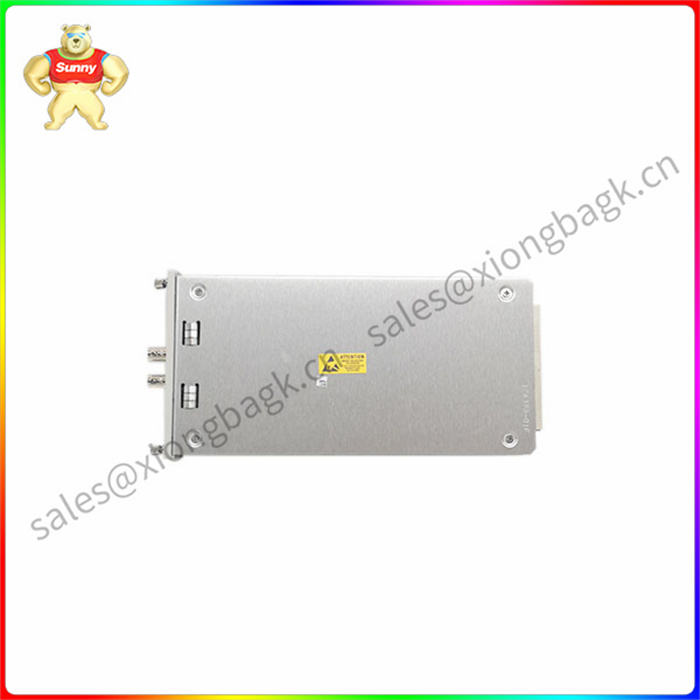
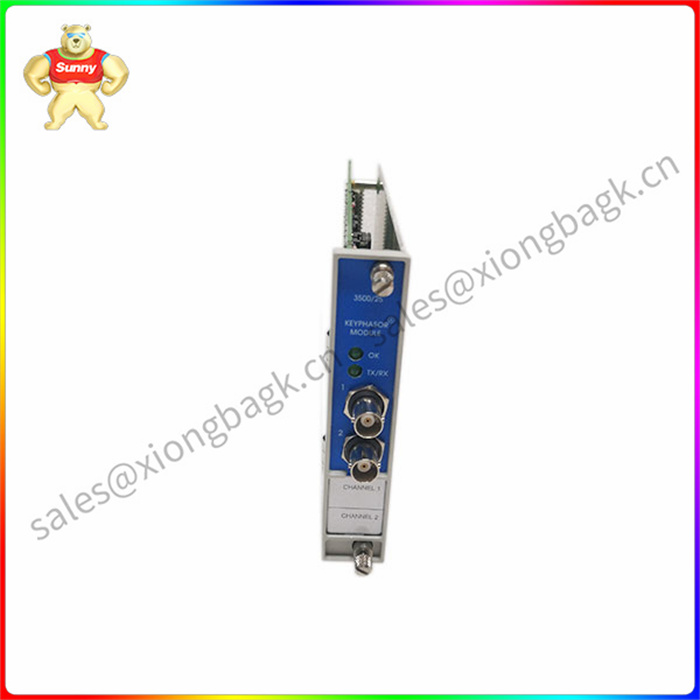
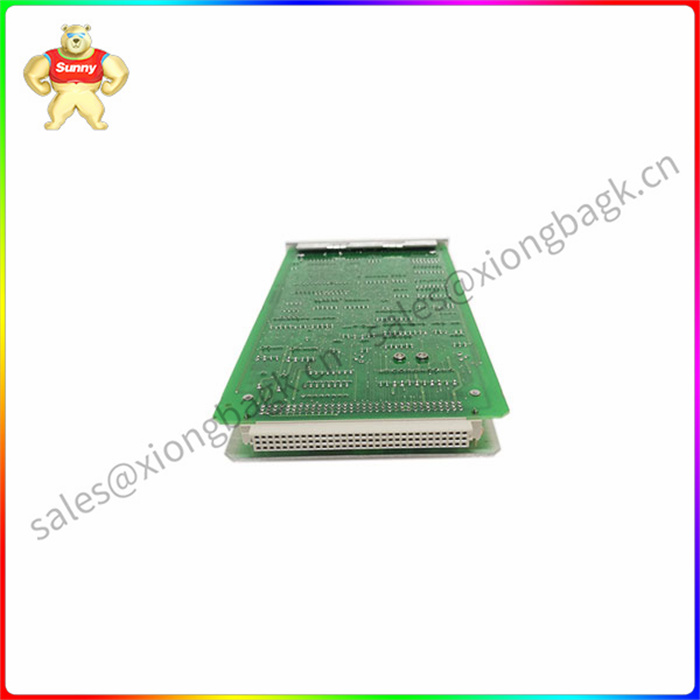
BENTLY 3500/25 125792-01增强型键相模块
The 3500/25 is an enhanced bond phase module developed by Bently Nevada. It is a semi-tall, dual-channel module for transmitting key confidence numbers to the monitor module in the 3500 rack. When the key phaser mark on the shaft is aligned with the key phaser sensor, the module detects the alignment using a magnetic sensor or proximity probe and converts the input signal into a digital key phaser signal.
3500/25 Function Description
The 3500 machine protection system can accept up to four key confidence numbers for normal Settings and up to eight for paired configurations.
One or multiple event pulses per revolution of a rotating shaft or gear (called key confidence signals) can be used to detect timing.
As a result, the 3500 monitoring module and external diagnostic tools can measure shaft speed and vector characteristics such as 1X vibration amplitude and phase.
Enhanced bond phase module
The enhanced 3500 system module is called the Enhanced bond phase module. While maintaining full backward compatibility with existing Keyphasor modules for legacy systems in terms of shape, fit, and functionality, it provides higher Keyphasor signal processing capabilities than previous designs. The revised module 149369-01 completely replaces the Keyphasor module, PWA 125792-01.
Whenever a triple modular redundancy (TMR) application requires system key phase input, the 3500 system should use two key phase modules. In this setup, modules run in parallel, providing primary and secondary key confidence numbers to other modules in the rack.
If there are no more than four primary key phase input signals, a system with more than four key phase inputs can be arranged in pairs.
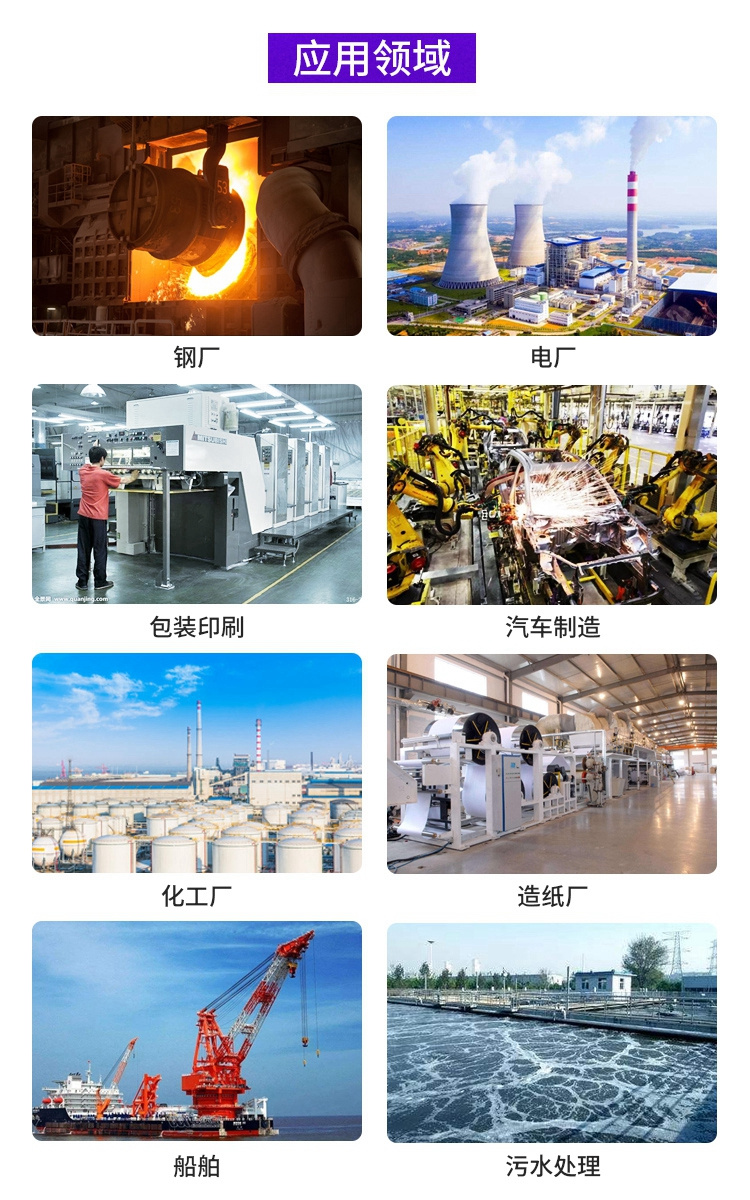

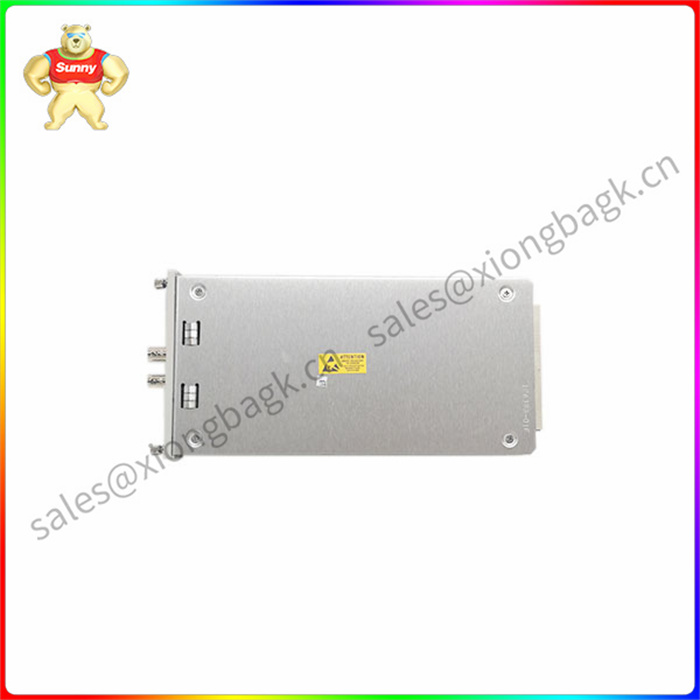
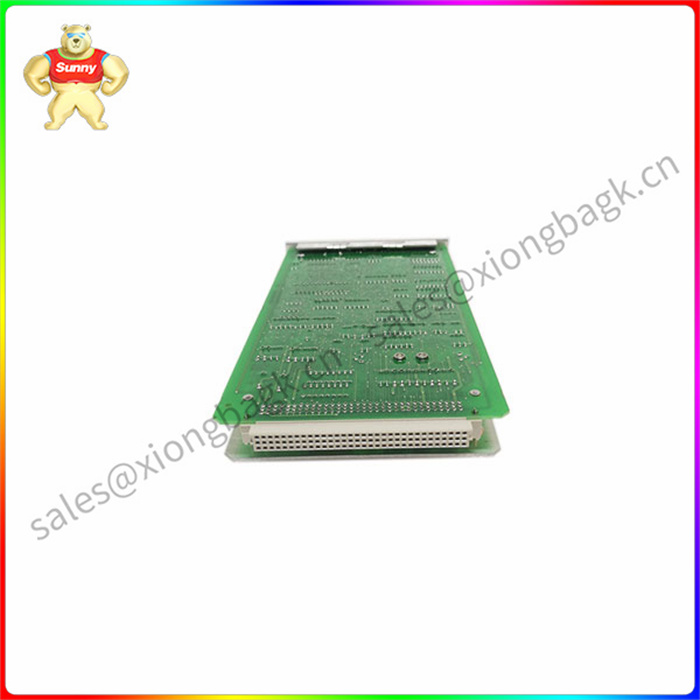
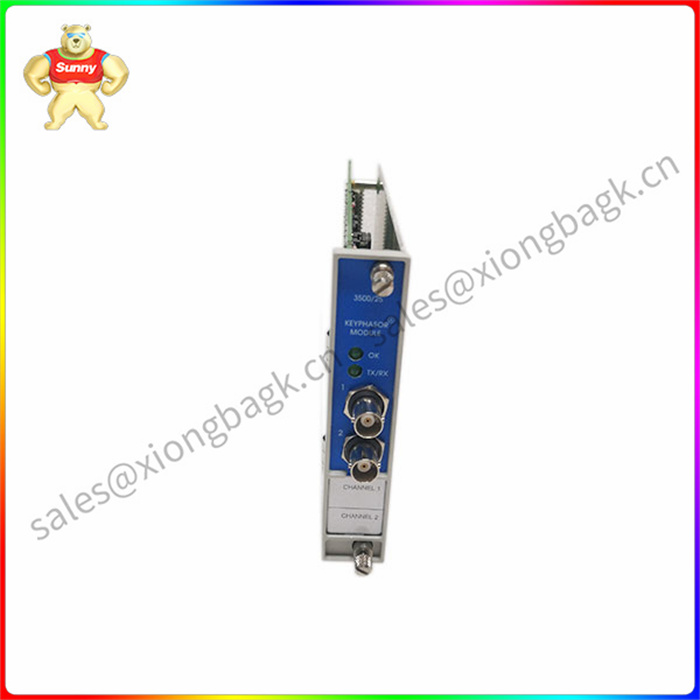





 QQ在线客服
QQ在线客服